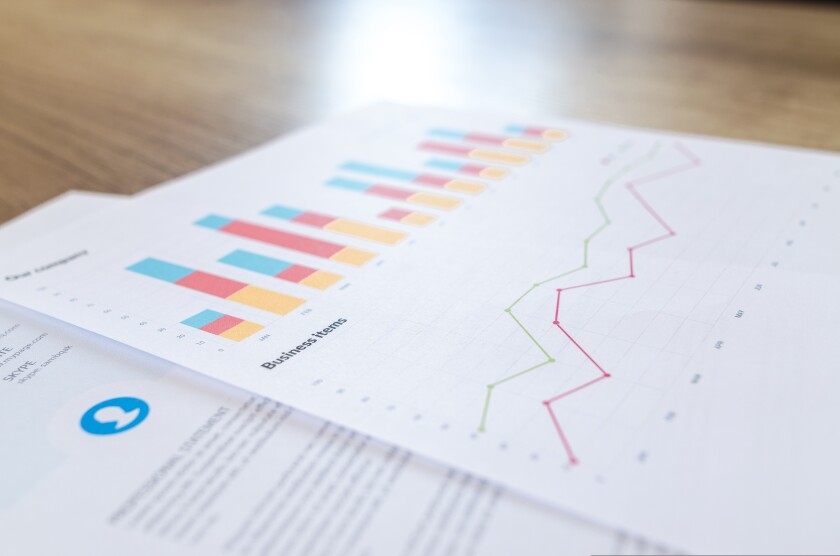Each spring, the Internal Revenue Service (IRS) Advance Pricing and Mutual Agreement Program (APMA) releases the prior year’s statistics on advance pricing agreements (APAs), a dispute prevention tool that allows taxpayers and tax authorities to agree on a bilateral, multilateral, or unilateral basis to the treatment of transfer pricing issues in future (and often prior) years. After two years of seeming stability, the most recent release, showing statistics for calendar year 2022, finally reveals the effects of disruptions caused by the COVID pandemic.
Analysis of the statistics
The 2020 and 2021 statistics show relatively little disruption in the headline numbers: 2020 actually saw a slight uptick in the number of executed APAs (127, as opposed to 120 in 2019), and 2021 stayed the course, with 124 APAs executed. In the meantime, there was a jump in filings: 121 complete APA requests were filed in both 2019 and 2020, climbing to 145 in 2021. Taxpayer interest in the APA programme increased, but otherwise the 2020 and 2021 reports show scant evidence of the pandemic.
Not so with 2022, when only 77 APAs were executed – the lowest number in more than a decade. (2011 saw an uninspiring 42 APAs completed.)
The 2022 report also shows a decrease in staffing: APMA had 59 team leaders and 26 economists at the end of the year, excluding personnel assigned to the Treaty Assistance and Interpretation Team for non-transfer pricing cases. This is a significant drop from 80 team leaders and 25 economists at the end of 2021. Public comments from the IRS indicate, however, that this decrease in staffing – which is expected to be remedied through additional hiring – is not the primary cause for the drop in executed APAs.
Rather, it appears that the successes of 2020 and 2021 are attributable to concerted efforts by the IRS and its treaty partners to resolve cases that were already well under way. At the same time, however, newer cases – which require more factual development and negotiation – made less progress than they normally would have, due to the competent authorities’ inability to hold traditional in-person meetings during the pandemic. Only now, in the 2022 statistics, are the effects of COVID being felt.
Lower resolution rates make APA inventories challenging, and this problem is compounded by the increase in APA applications. Taxpayer interest continued to climb in 2022, and dramatically so, with 183 complete requests filed – tying with 2015 for the second most ever, after a striking high of 203 filings in 2018.
The highs in 2015 and 2018 were attributable in part to changes in the APA programme – a new revenue procedure and fee increases. The same may have been true for 2022 – public comments from IRS officials during the year suggested that the agency might become more selective when deciding whether to accept taxpayers into the programme. On April 25, the IRS released guidance detailing new APA acceptance procedures, which provide for coordination with the IRS transfer pricing practice to determine whether an APA or another process is best suited to a given case. The new guidance states that these procedures are “not intended to limit or decrease the number of APA requests accepted by APMA”. Nonetheless, concern that access to APAs would be limited in the near future may have spurred the leap in filings.
The APA process remains a long one. The average time for completing a new bilateral APA in 2022 was 53 months, up slightly from 2021. The drop in cases executed during 2022 suggests that completion timeframes may continue to be challenging. However, public comments from the IRS indicate a focus on agreeing standardised benchmarking sets with treaty partners, which could be used to resolve numerous APA and mutual agreement procedure (MAP) cases and thus may introduce new efficiencies into the process in the coming years.
A positive outlook
It was likely inevitable that the COVID pandemic would have made its effects felt on the APA programme, even if those effects could not be clearly discerned until after much of the world had returned to something resembling pre-pandemic normalcy.
Nonetheless, COVID’s legacy for APAs is generally positive when the broader picture is considered.
Case resolutions stayed far above where they might have been, thanks to the diligent work and adaptability of competent authorities around the world.
The adoption of videoconferencing technology by tax administrations, while unlikely to fully replace in-person meetings, should make APA and MAP negotiations more efficient than they were in the pre-COVID world.
Finally, the lack of any cancelled US APAs during the past three years is a testament to tax authorities’ ability and willingness to revisit and renegotiate agreements even when the underlying facts changed dramatically in unforeseen ways.
The information in this article is not intended to be “written advice concerning one or more federal tax matters” subject to the requirements of section 10.37(a)(2) of Treasury Department Circular 230 because the content is issued for general informational purposes only. The information contained in this article is of a general nature and based on authorities that are subject to change. Applicability of the information to specific situations should be determined through consultation with your tax adviser. This article represents the views of the author or authors only, and does not necessarily represent the views or professional advice of KPMG LLP, the US member firm.













